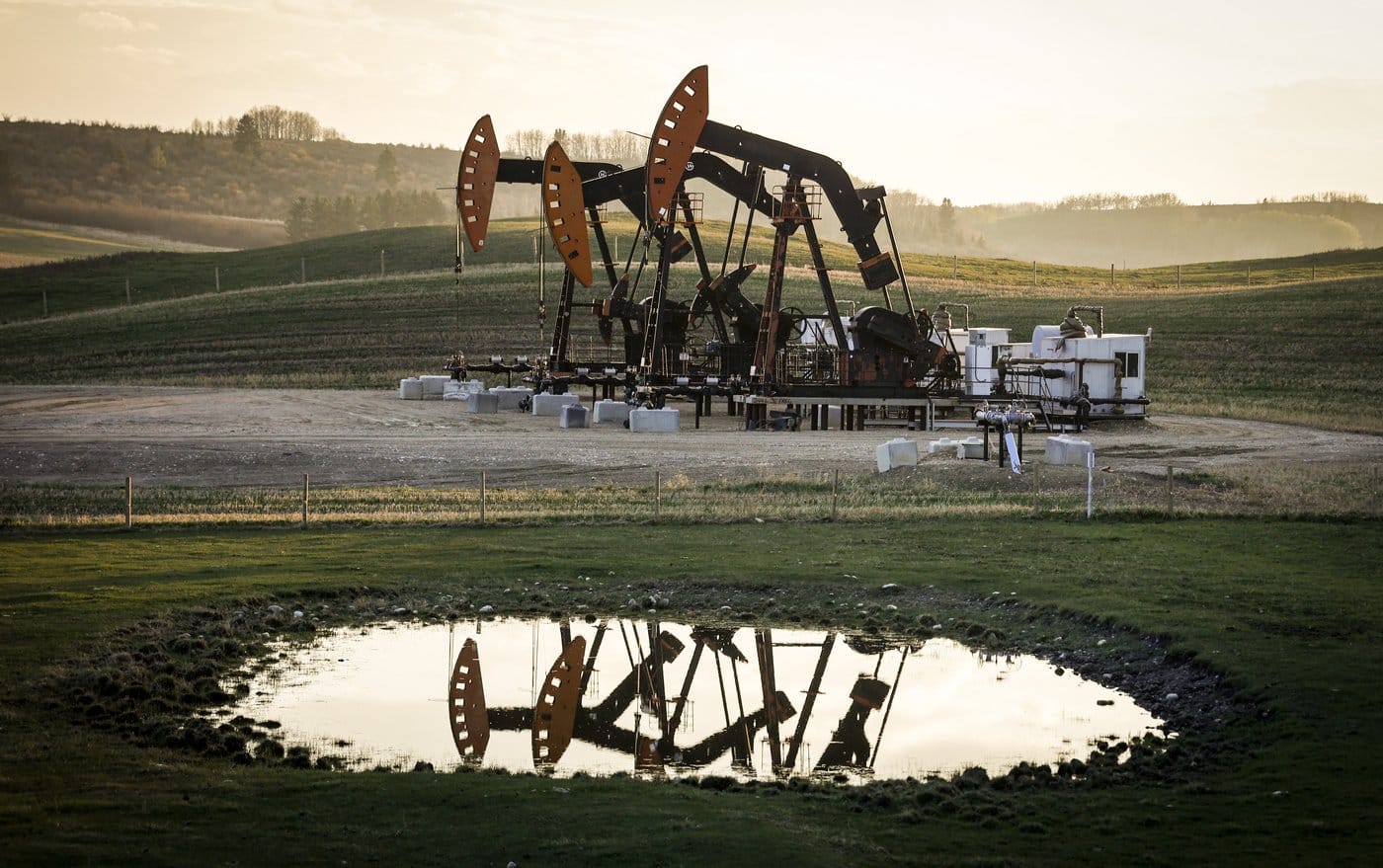Canada reduces emissions somewhat in 2023, but more must be done to meet important goals
Overall, the year was the second warmest in Canada and the warmest globally, influenced by climate change and El Niño conditions.

A report published Thursday by the Canadian Climate Institute highlights that Canada's climate progress faced challenges last year due to increases in oil production and a rebound in air travel.
Despite these setbacks, the country managed to achieve a modest reduction in its greenhouse gas emissions.
According to the report, Canada's emissions decreased by approximately 0.8 percent last year compared to 2022, and by eight percent since 2005.
However, to meet the 2030 target of reducing emissions by 40 to 45 percent from 2005 levels, the country needs to accelerate its progress.
The report notes that while significant advancements have been made in the electricity sector, driven by industrial carbon pricing and coal phaseouts, other sectors must follow suit.
Emissions in the electricity sector fell by 6.2 percent year-over-year and by 62 percent since 2005.
"What we’ve been able to do in electricity is nothing short of astounding, and it continues in this year’s estimate," said Dave Sawyer, the institute’s principal economist.
Emissions from buildings also dropped by six percent, largely due to reduced natural gas heating needs during Canada's warmest winter on record.
Overall, the year was the second warmest in Canada and the warmest globally, influenced by climate change and El Niño conditions.
Transport saw the largest annual increase in emissions, rising by about 1.6 percent due to a significant rebound in domestic aviation.
The oil and gas sector also continued to hinder progress, with emissions increasing by about one percent over 2022 and 12 percent since 2005, now accounting for nearly a third of Canada's total emissions.
Canadian Climate Institute president Rick Smith emphasized the uneven progress across sectors.
"Governments right across the country need to accelerate developing policy and strengthen measures already in place, like electrification and industrial carbon pricing systems."
The report's early estimates provide a preliminary view of emissions trends before the official inventory report is released next spring, as required under United Nations climate agreements.
These estimates are based on annual Statistics Canada data on production, demand, and demographic activity.
While population and economic growth contributed to rising emissions, these were offset by climate policies and advancements in clean energy.
However, the report indicates that the uptake of clean energy is still lagging.
Although emissions from electricity are down, electricity demand has not significantly increased, suggesting a slow transition to electrification.
"We’re seeing electricity flat, demand flat, in fact, and so most of the reductions are coming from fuel switching – coal to gas, for example. So, fossil to fossil," Sawyer noted.





